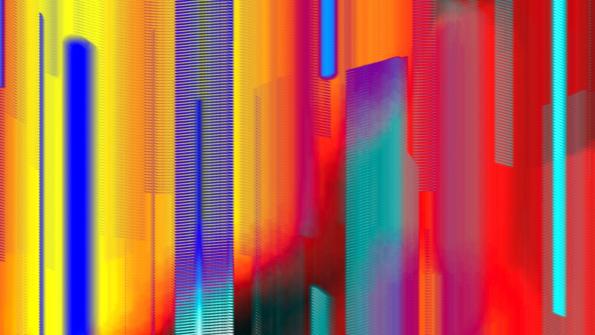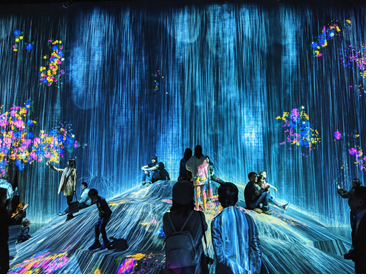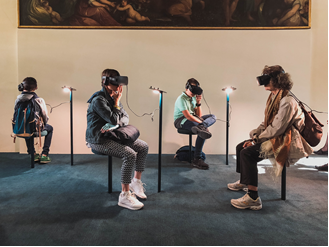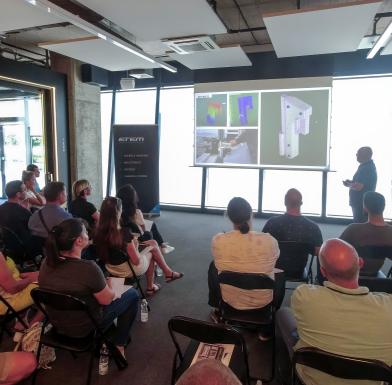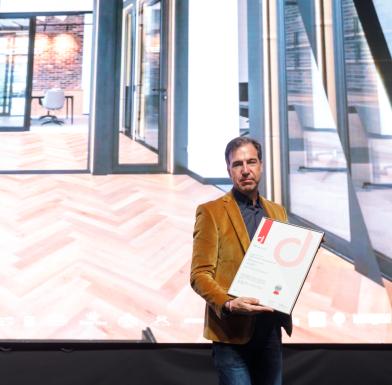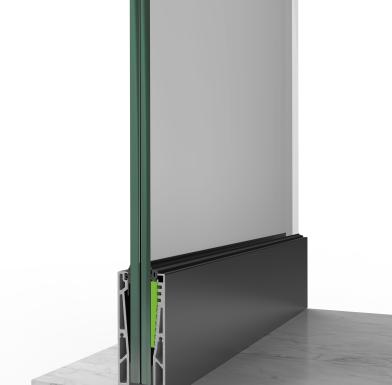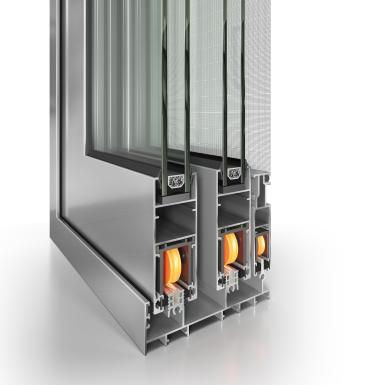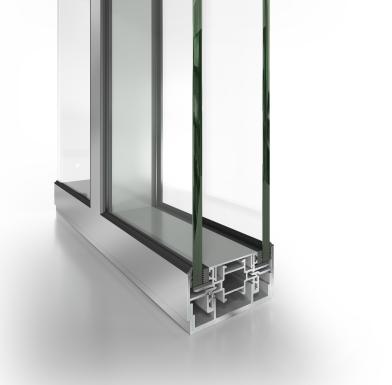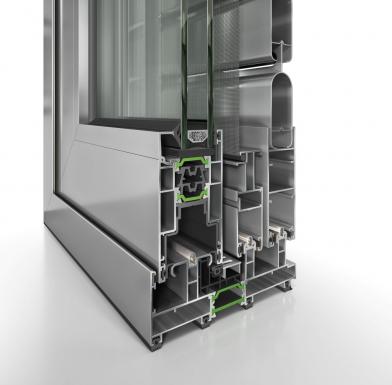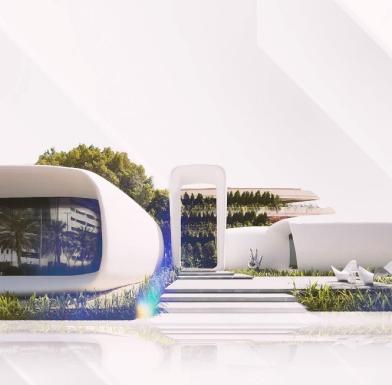THE FUTURE OF DIGITAL ART
Humans have been making fine art since the dawn of humanity, starting with images of prey found in caves around the world, from France to Indonesia. What exactly is art? It is something subjective and interpretive, which reflects the inner vision of the creator, designed to resonate in the senses, emotions and intellect of the viewer. Good art always brings inspiration.
Like everything around us, the visual arts are evolving. There was a time when oil painting was also something new. And in the years to come, something revolutionary awaits us - art in virtual reality.
The beginning of Digital Art
Digital art gradually emerged in the late 1980s with the introduction of personal computers. Thirty years later we have a world dominated by the screen, as the average person spends ten hours a day on digital devices.
On the one hand, advances in technology and the Internet also allow the average user to access intuitive tools and computer programs that were previously intended exclusively for professionals. Nowadays, anyone with talent and creative expression can be an artist. On the other hand, contact with art is no longer limited to the natural space of galleries. Social media allows artists to reach a wider audience even in the most remote parts of the world.
The future
We are already witnessing the growing trend of "depoliticization" in art and the attempt to dominate "products". Multisensory art installations provide a variety of sensory stimuli to the public.
The visual arts of the future can focus on collecting and presenting experiences and impulses. Experts believe that the process of "dematerialization" will focus on the senses and sensory reactions that aim to create a living 360 ° eternal experience, which will include taste and smell senses.
Even further into the future - Hybrid Art (Neo art)
After body art, bio-art and the art of performance, experts believe that in the future we will witness the emergence of a Neo art movement based on 3D printing on organic and inorganic materials to change the structure of the human body. Through innovations in medicine and biotechnology, the artist's vision can be transmitted directly to virtual reality or transmitted directly to the viewer's brain. This can also be implemented through built-in biochips, such as Neuralink, a chip currently being developed by Elon Musk's team.
The development of new technologies will completely transform art, while at the same time the role of the viewer will change and will be less passive. One thing is for sure - we can no longer see art as something that just hangs passively on a wall.
